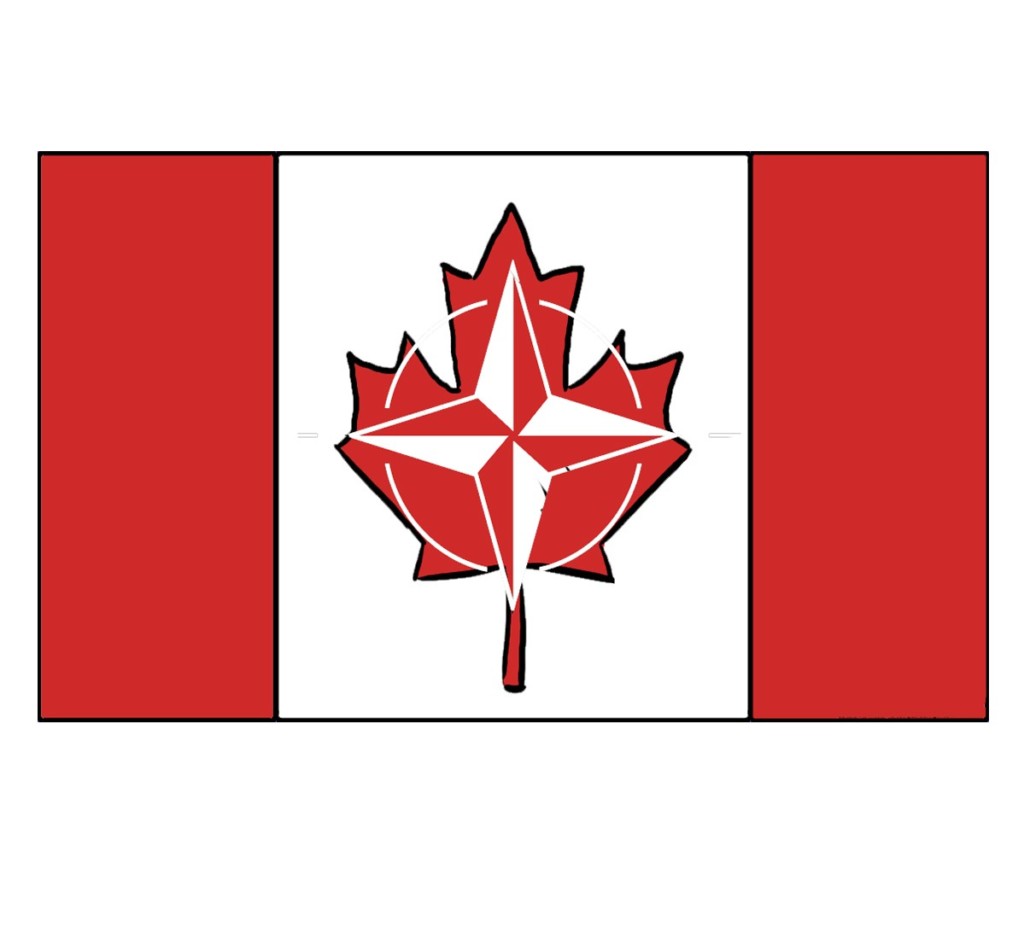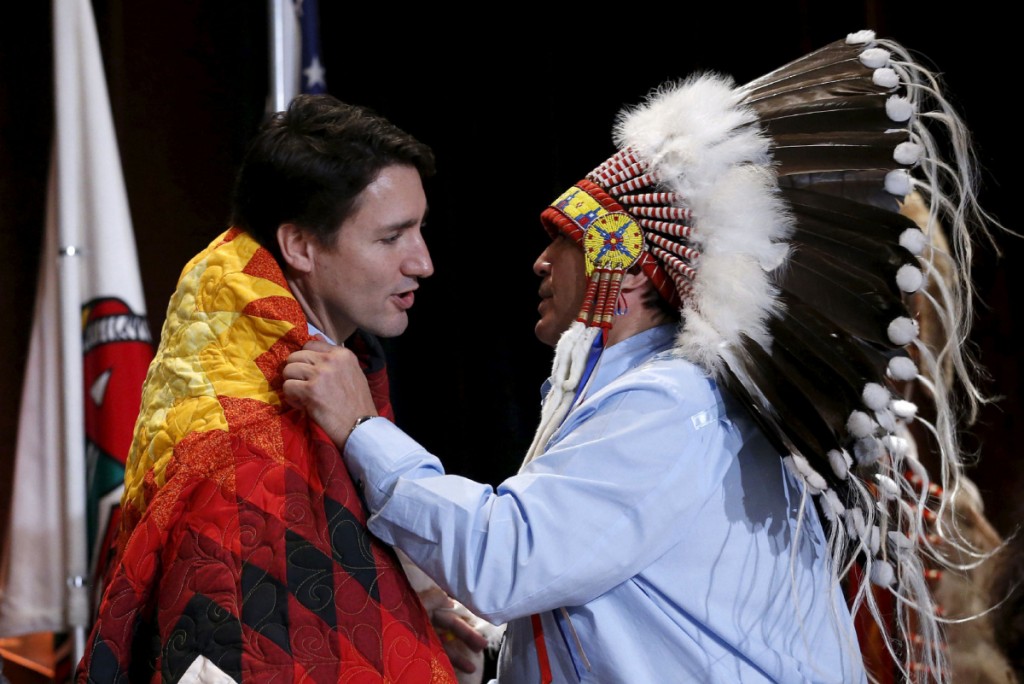
Though NATO has given itself a black eye through its antagonism of Russia, now is the time to work out a peaceable solution to the havoc we see in front of us.
Canada will have to reassess its role in NATO now that the edges of NATO have been threatened
By Matthew Fraser, Editor in Chief
Canada has long been able to pride itself on its role and position in NATO. For starters, Canada was one of the founding members of the organization. Additionally, then Secretary for External Affairs—later becoming Prime Minister—Lester B. Pearson worked tirelessly to draft the North Atlantic Treaty and guide NATO to its current state of prominence. As the NATO website puts it: “Pearson and the Canadian delegation pushed for the inclusion of a clause that encouraged members to forge stronger political and economic ties, in addition to coordinating their militaries. This clause — not immediately popular with Allies, but vociferously defended by Canada — came to be known as ‘The Canadian Article’.”
In 2019 amidst former President Trump’s relentless criticisms about the lack of spending done by NATO members, Canada drew special ire in the form of a “blunt” letter. As Global News reported at the time, though all NATO members committed to the Wales Agreement to spend at least two percent of their GDPs on defence, Canada was not on track to meet that commitment.
However, the Russian invasion of Ukraine has caused a large-scale shift in Canadian and NATO member spending priorities. In a CBC News roundtable, Andrew Coyne of the Globe and Mail stated that Putin had erased the “predictability” of previous years and forced a change in defence spending outlook. He pointed out that in “Canada’s case, we are among the laggards within NATO… That is less forgivable now and I think there will be less forgiveness of us when you see Germany [moving to spend more than two percent].” He went on to criticize Canada’s military procurement strategy as a “national disgrace” due to outdated and overbudget equipment.
This manifests itself in domestic problems that should be considered if not viewed as troubling depending on the hawkishness of your stance. As Tristin Hopper points out in the National Post, despite Canada having the world’s largest coastline, our Navy has zero amphibious landing vehicles in our old and dilapidated navy. We lack sophisticated modern drones rivalling even that which Turkey has supplied to the Ukrainian military, and we do not have any mechanized artillery guns; instead “Canada does it the same way we’ve been doing it since the First World War: We tow one of our 60-or-so guns to the battlefield.”
So how does Canada address its shortcomings given the militarily aggressive world we have now found ourselves in? Given that the mistakes that led to this situation have already been made, the first thing to do is throw our diplomatic weight behind countries like Turkey, France and Israel in an attempt to mediate and find a peaceable solution to the current conflict. Though NATO has given itself a black eye through its antagonism of Russia, now is the time to work out a peaceable solution to the havoc we see in front of us. Certainly, the blame for this violence falls squarely upon Putin’s shoulders, but Canada has an opportunity to use its longstanding reputation for peacemaking to solve the current crisis.
Secondly, Canada, like every other NATO country that did not consider the worst-case scenario will have to reconsider its position on self-armament. Given that this conflict may last for years, the long-term worst-case scenario could be a 2024 Trump reelection where the former President makes good on his threat to pull the US out of NATO. Given the unpredictability of Trump, it is not impossible that he would choose to deprive NATO of American support even amid this crisis. Canada has no choice but to address the long exposed weaknesses that plague our country’s military. Without addressing those issues, any potential escalations will only result in an underprepared Canada being called to assist in a hot war where its troops are trained but ill-equipped.
Speaking of training, Canada must continue to lend its expertise to foreign allies through logistical support and training exercises. As Tom Blackwell writes for the National Post, Canada’s project of training Ukrainian soldiers has shown its dividends in the conflict thus far. Blackwell quotes Capt. Hugh Purdon who stated that Ukrainian soldiers had “come a long, long way” since training began in 2015.
Through efforts like Operation UNIFIER Canada can continue to expand the military readiness it has in terms of training to other nations while collaborating with NATO allies to better disperse the necessary equipment. If Canada cannot itself distribute armaments, then the know-how and technical knowledge that we have amassed should be shared instead.
Finally, Canada must work with NATO to address the long-term frictions that have grown between it and Russia. The historic concerns where legitimate that motivated Putin to this action must be understood and addressed. Granted, removing arms from Estonia, Latvia, Lithuania, Poland, and Turkey will be impossible if not unwise given Putin’s aggression, but something will likely have to be given to prevent similar excursions in the future.

